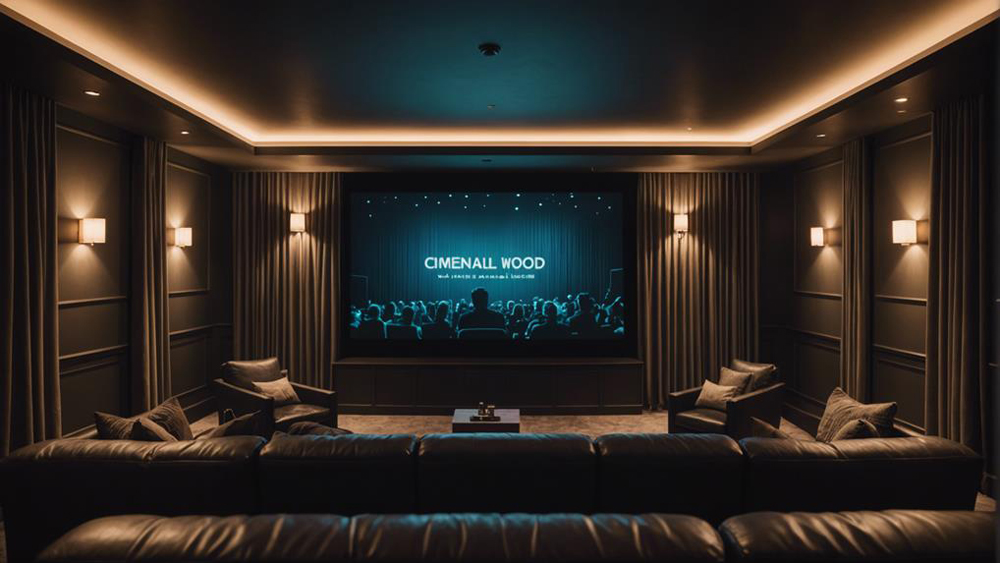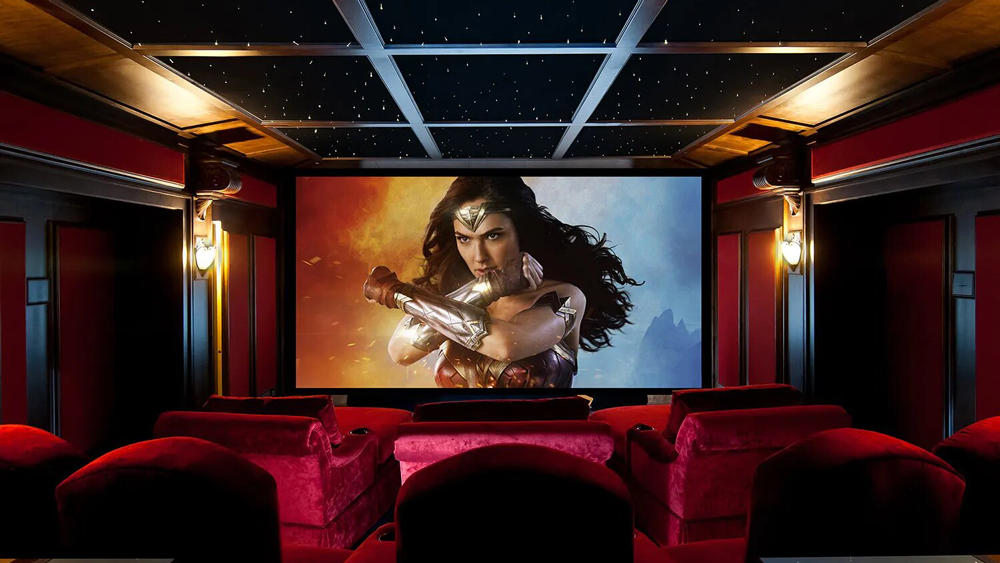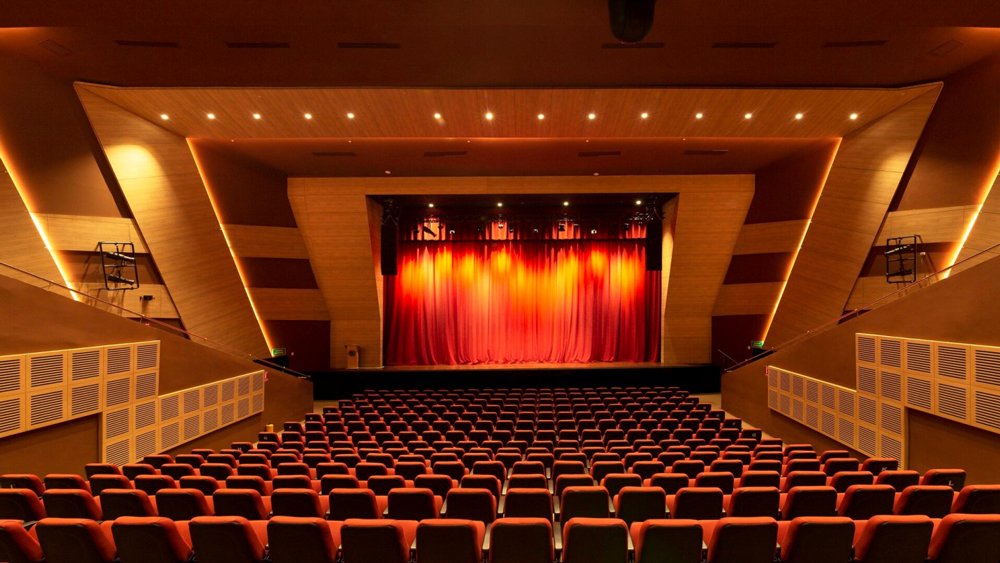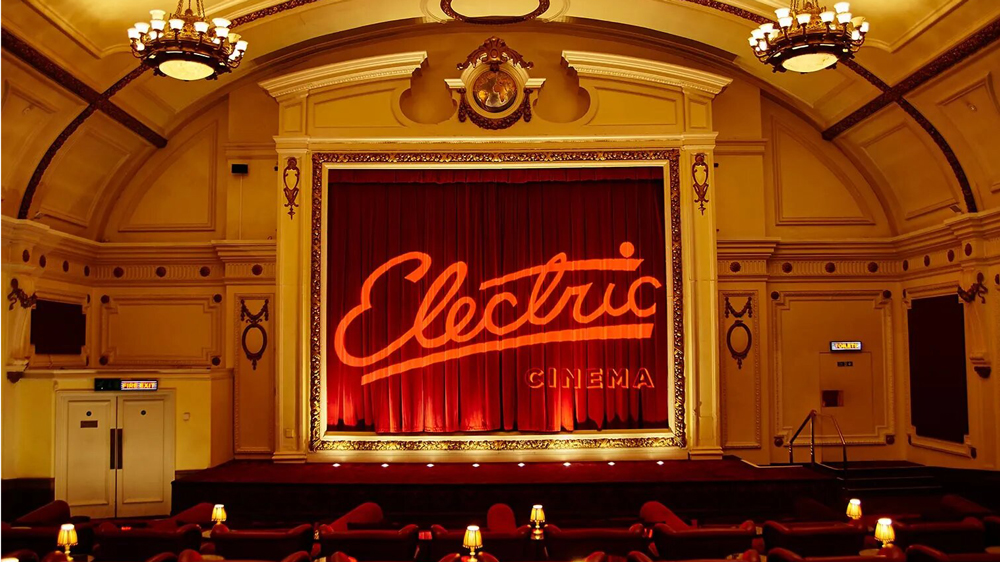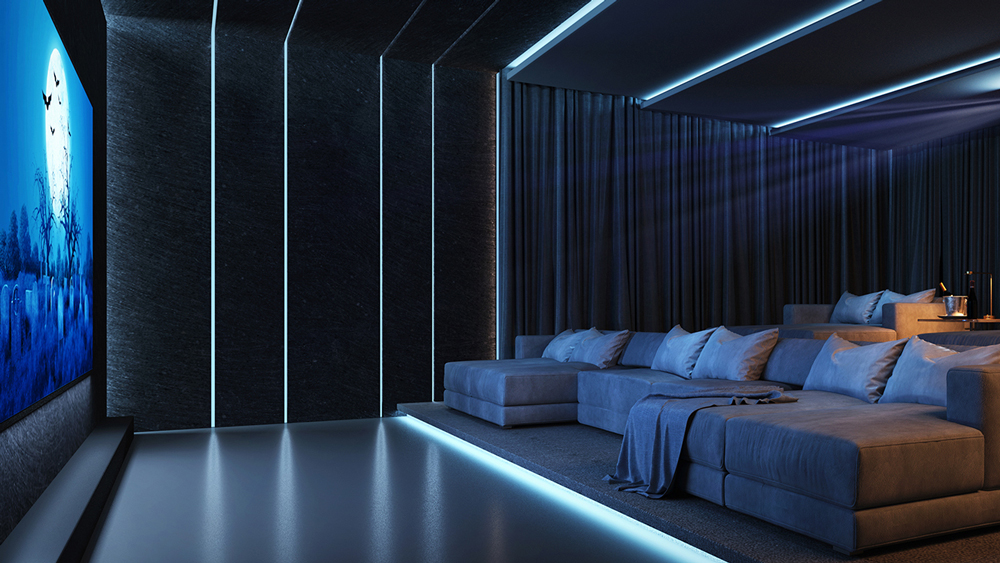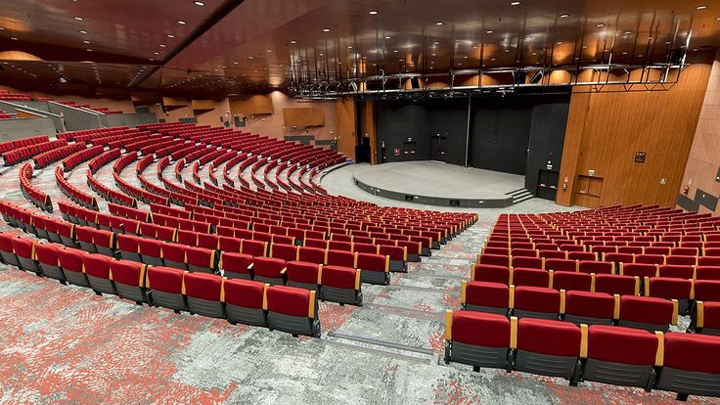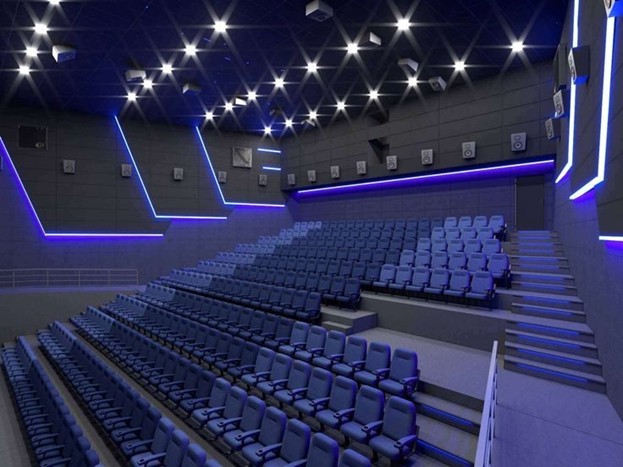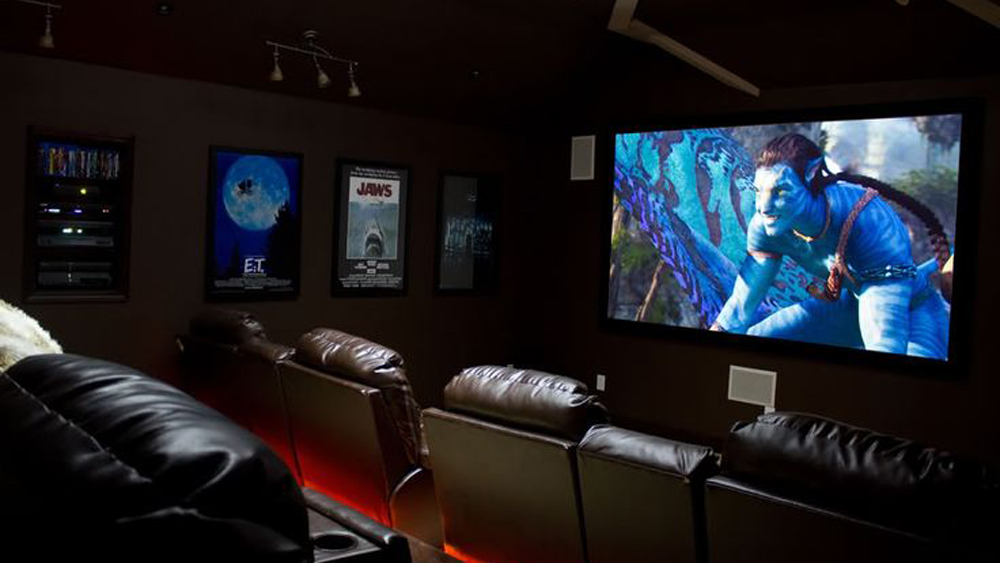What makes a cinema experience truly immersive? It’s not just the movie, but the Cinema Lighting Design that transforms the ambience and deepens the viewer’s connection to the film. With Advanced cinema lighting techniques, such as LED lighting fixtures and Cinematic mood lighting, theaters are creating environments that captivate audiences.
These lighting systems, along with other essential Cinema hall equipment, are key in making every cinematic moment resonate emotionally. Discover how these techniques, from lighting to cutting-edge equipment, can elevate your theatre experience. Read on to learn more about enhancing your cinema environment.
The Basics of Cinema Lighting Design
Effective Cinema Lighting Design performs an important role in improving the general movie experience. It transforms the atmosphere of the theater, helping to create the correct environment for immersion and emotional engagement. Using Advanced cinema lighting fixtures strategies including layered lights and focused cognizance points, cinema corridor lighting becomes a relevant element in creating mood, guiding interest, and improving the comfort of the target market.
Setting the Mood with Ambient Lighting
Ambient lighting fixtures are vital in growing the correct surroundings inside a cinema. It presents a tender, oblique light that ensures consolation even as not distracting from the film. Ambient lights are regularly positioned in strategic regions such as ceilings or walls to create balanced surroundings that draw visitors into the film. The gentle glow surrounding the target market sets up a temper that enhances the subject of the movie being shown.
Adjusting Brightness for Different Audience Needs
Bright lights may be jarring, while dim settings could make navigation hard. Adjusting brightness to meet the needs of different audiences ensures a more comfortable and enjoyable experience. For instance, LED lighting for movie units may be dimmed all through severe or suspenseful scenes and brightened in the course of extra relaxed moments, all without demanding the float of the film. This dynamic adjustment keeps viewers fully engaged without inflicting visual soreness.
Highlighting Architectural Features in Cinemas
Accent lights are used to emphasize the architectural splendour of a cinema corridor, from the elaborate designs of the walls to the grand scale of the screen. Theatrical lighting design often uses these fixtures to create visual appeal and enhance the atmosphere, making it feel more luxurious. This light attracts attention to the cinema’s specific capabilities without being overwhelming or distracting from the film itself.
Functional Accent Lighting for Safety and Navigation
In addition to aesthetics, accent lighting ensures that the target audience can competently navigate the cinema all through and after the film. Soft, low-level lighting fixtures along aisles, stairways, and exits afford sufficient illumination to manual movement at the same time as maintaining the main cognizance on the display screen. This thoughtful software of Innovative lighting fixtures in present-day cinemas enhances both the splendour and practicality of the cinema hall.
Illuminating Walkways and Exits Safely
Cinema Lighting Design specializes in functionality. Well-located lighting alongside walkways and go-out routes makes certain that visitors can appropriately navigate the theater, especially in darker settings. LED lighting fixtures, because of their energy efficiency and clarity, are generally used for this reason. These lighting fixtures assist making certain compliance with safety regulations without interrupting the cinematic experience.
Balancing Task Lighting Without Disrupting the Experience
The assignment lies in finding the best stability. Task lighting wishes to be brilliant and sufficient for protection but diffused enough now not to disrupt the film. Using dimmable furnishings allows lighting fixture technicians to modify the brightness relying on the scenario, developing a seamless integration between application and amusement.
Dimmable Lighting Systems for Cinemas
Dimmable lighting fixture systems offer flexibility in adjusting the brightness stages primarily based on the movie and the target audience’s wishes. These structures permit cinema operators to create a customized enjoyment tailor-made to the intensity or tone of the movie.
- Energy Efficiency: Dimmable lighting consumes much less energy when used at decreased stages, making it value-powerful.
- Scene Enhancement: Bright lighting fixtures for motion-packed sequences and softer glow for emotional moments decorate viewer engagement.
- Audience Comfort: Reducing harsh lighting fixtures minimizes eye stress, keeping visitors snug throughout the film.
Dynamic Lighting Solutions for Theater Ambiance
Dynamic lighting solutions adapt to the mood and pace of a film, enhancing the overall experience. From color-converting lights that match the tone of the film to superior systems that alter in real-time, these technologies revolutionize the traditional cinema atmosphere.
Color Temperature Control for Different Genres
Different genres demand unique lighting tones. Cinematic temper lighting with hotter tones would possibly evoke emotions at some stage in romantic films, while cooler tones help create an experience of hysteria or mystery. This stability of color temperature is crucial in immersing the target audience in the tale.
Real-Time Lighting Adjustments During Movies
Real-time light adjustments create a continuing visual transition among one-of-a-kind parts of the film. Smart light systems can react to what’s occurring on the display screen, subtly dimming or brightening to match the movie’s pace without interrupting the viewer’s awareness.
Enhancing Atmosphere with Cinema Hall Lighting
Soft lighting in Cinema Lighting Design contributes to an extra relaxed and cushy environment. It reduces the harshness of brilliant lights and lets the audience focus on the film. In current cinema design, soft lighting is frequently carried out to seating regions, walls, and floors, growing a welcoming area that enhances viewer comfort without compromising the viewing experience.
Creating a Relaxing Atmosphere for Audiences
Snug surroundings are essential for lengthy film screenings. Using gentle and indirect light assets guarantees that the target audience stays relaxed and absolutely immersed in the film.
Avoiding Glare and Eye Strain
Harsh lights or poorly located fixtures can cause glare, main to eye strain and disrupt the revel. By strategically setting lighting and using smooth furniture, theaters can avoid these troubles, providing an uninterrupted and enjoyable film experience.
Utilizing Color to Evoke Emotion
Color performs a sizeable position in cinema lighting fixtures. Warm and cool tones can dramatically transform the atmosphere of a theater, helping to match the emotion and mood of the film. Modern cinema lighting design carries Advanced cinema lighting strategies to shift hues dynamically at some point in a film, developing a truly immersive reveal for visitors.
Warm and Cool Tones to Match Film Genres
Warm tones are regularly used to create an inviting, intimate environment, ideal for romantic or family movies, while cool tones can heighten tension and suspense, making them ideal for thrillers or motion-packed films.
Adaptive Color Lighting for Special Events
For special events like premieres or themed nights, adaptive color lighting transforms the entire theater
into an extension of the film’s universe. This immersive use of lights in addition enhances the film-going experience by enveloping the target audience inside the global of the movie.
Step-by-Step: Setting Up Advanced Cinema Hall Lighting
Creating a remarkable film-looking experience requires more than just a very good sound gadget and cushy seating. Advanced Cinema Lighting Design plays a pivotal position in enhancing the viewer’s immersion via cautiously designing and positioning light factors. From choosing the right fixtures to installing dimmable systems and programming adaptive lighting, the setup process is crucial for achieving the perfect balance between comfort, functionality, and cinematic atmosphere.
Step 1: Selecting the Right Lighting Fixtures
Selecting awesome, efficient Cinema Lighting Design is the foundation of incredible cinema lighting layout. LED furnishings are often preferred for his or her strength performance and flexibility in growing various lighting outcomes. These fixtures are lengthy-lasting and provide a variety of brightness and shade options, making them ideal for cinema environments.
Step 2: Installing Dimmable Systems for Audience Control
Dimmable lighting systems enable smooth adjustments to the intensity of the lighting, creating the perfect ambiance. Whether it’s at some stage in excessive action sequences or serene moments, having the potential to manipulate the mild ranges complements the target market’s engagement. These systems are especially treasured for transitioning between the pre-movie environment and the film itself.
Step 3: Programming Adaptive Lighting for Flexibility
Adaptive lighting systems are vital for growing a dynamic cinema surroundings. With clever generation, lighting fixtures can be programmed to conform robotically to distinct genres, event types, or unique screenings. This adaptability provides a custom-designed enjoyment that captivates the target audience from the instant they input the theater.
Conclusion
In Cinema Lighting Design, the right balance of ambient, accent, and task lighting creates an atmosphere that enhances the cinematic experience. From advanced lighting techniques to LED fixtures for film sets, these elements help transform a simple theater setting into an immersive and captivating environment for the audience.
To reap this, implementing the proper lighting fixture solutions is vital. Explore more about these strategies and learn the way you could raise your cinema revel with Rezcoteam for expert insights and services. Share your mind and ask your questions inside the remarks.
FAQ
-
Why is backlighting vital in cinema lights?
Backlighting adds depth by means of keeping apart the challenge from the background, enhancing the 3-dimensional feel of a scene. It’s vital to emphasize contours and make a dramatic impact.
-
How does Cinema Lighting Design enhance the movie reveal?
Cinema lighting layout complements the film revel in by means of developing mood, intensity, and recognition. Techniques such as Cinematic mood lighting fixtures and LED lighting fixtures for film units help filmmakers evoke emotions and immerse the audience inside the tale.
-
What are the vital styles of lights in cinema?
Key, fill, and backlight are the crucial lighting fixtures in cinema. Key light creates the primary supply, fill light softens shadows, and backlight provides depth by separating the difficulty from the history.
-
Why is shade temperature critical in cinema lighting fixtures?
Color temperature facilitates setting the tone of a scene. Warm tones create a cozy or nostalgic feeling, while cool tones add anxiety or depression, enhancing the emotional connection of the audience.


